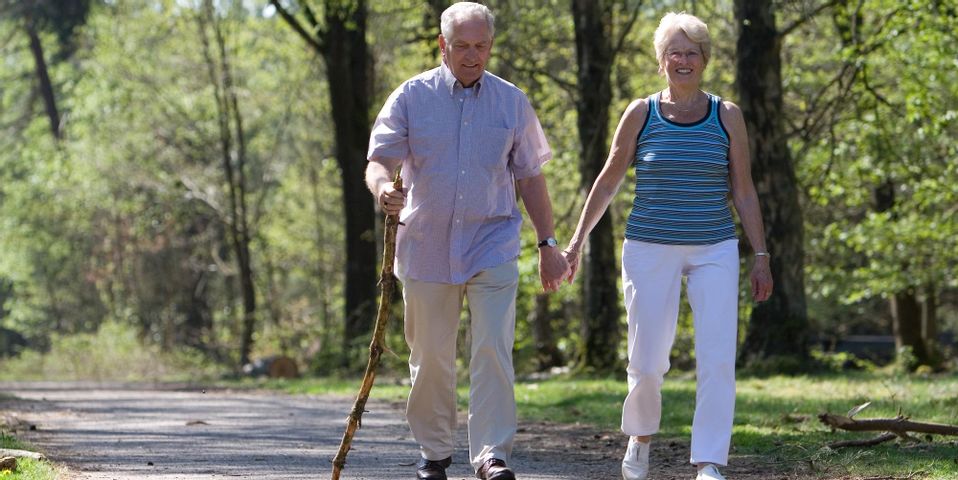A Patient's Guide to Walking With Chronic Pain

This has been reviewed and updated on 11/23/2020.
Whether your chronic pain is caused by past trauma, arthritis, osteoporosis or even insomnia, you may be able to alleviate your discomfort by going on regular walks. If you're wondering how this form of exercise could reduce chronic neck, shoulder or back pain, review the following.
How Does Walking Improve Chronic Pain?
Unlike running or jogging, walking isn't high-impact, so it won't jar your joints and cause additional strain. Additionally, unlike swimming, it doesn't require any infrastructure—all you need to do is put on some sneakers and step outside. This is particularly helpful during COVID-19, as most pools are closed.
As you keep moving, your leg and abdominal muscles will get stronger, offering more support to surrounding joints. For example, tighter abs can help alleviate lower back pain, while stronger quadricep muscles reduce knee pain.
Walking also enhances blood circulation and causes you to breathe harder and faster, pumping oxygen through your blood. As a result, your aching muscles or joints will receive more nutrients, facilitating the healing process. For those with osteoporosis, walking will strengthen the bones gradually, maintaining bone mass while preventing fractures. If you have insomnia, walking will help relieve stress and eliminate toxins, priming your body for a restful night's sleep.
How Should You Walk?
The most effective exercise starts with a strong foundation, so make sure you're wearing close-toed shoes that support your arches and don't crowd your toes. Additionally, avoid shoes that are too large, as your feet will slide forward when you pick up the pace, increasing the risk of toe pain or trip and fall accidents.
Before heading out, fill up a large water bottle to take with you, especially if the temperature is 70 degrees or higher. Even in cold weather, it’s important to stay hydrated and drink fluids.
When you begin, start slowly, as you want to give your muscles enough time to warm up before actively strengthening them. Keep your shoulders back and your stomach muscles engaged to enable proper posture and take the strain off of sensitive joints.
With COVID-19, there are extra precautions to consider when walking. For example, stay local, as many restrooms are closed due to the pandemic. Additionally, practice social distancing by keeping at least 6 feet apart from other people. Also, avoid close contact, such as shaking a neighbor’s hand. If you’re near other people you don’t live with, wear a mask to protect yourself and others. Finally, don’t touch surfaces unnecessarily, such as handrails or benches.
If you're still experiencing knee, shoulder or back pain, see a specialist. iSpine Pain Physicians tends to patients throughout Maple Grove, Coon Rapids, Chaska, Shakopee, Edina, Sartell and Delano, MN, ensuring their exercise doesn't impede their healing processes. With their help, you can develop a chronic pain management regimen that delivers results. To learn more about their services, visit their website. You can also call their Maple Grove location at (763) 201-8191 to schedule an appointment.
About the Business
Have a question? Ask the experts!
Send your question

